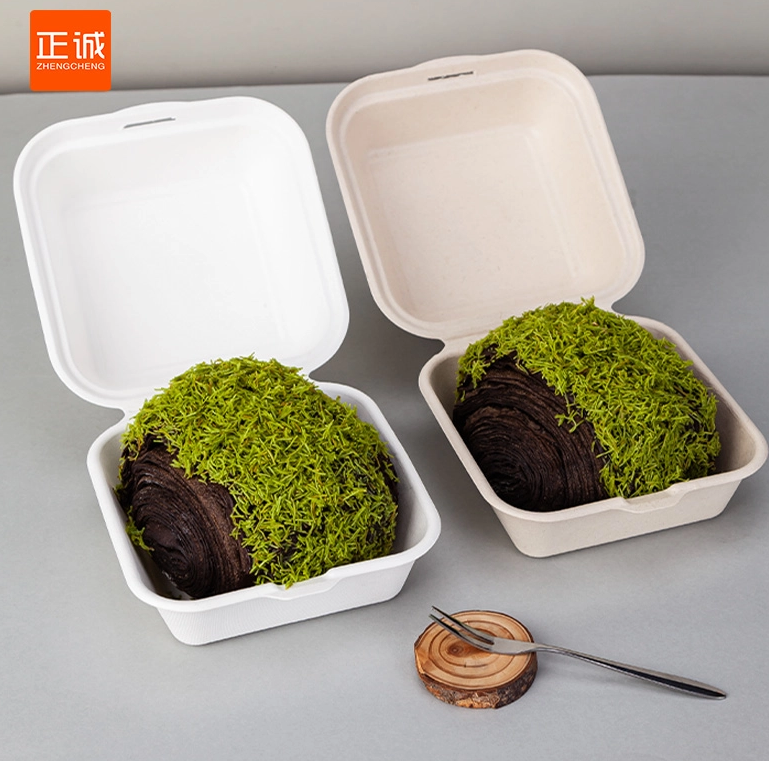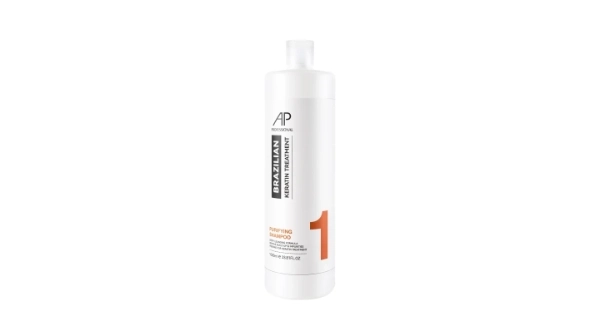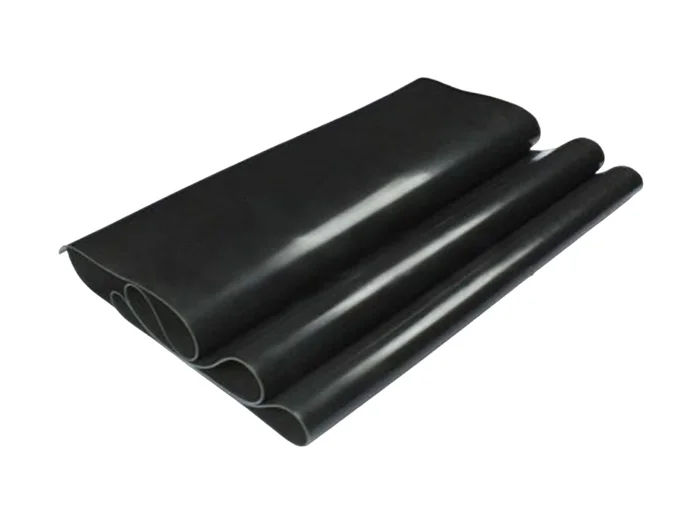In the ever-evolving world of digital printing, the choice of fabric plays a pivotal role in determining the quality and durability of the final product. As designers and manufacturers seek to create vibrant, high-resolution prints, understanding the nuances of various fabrics becomes essential. This article delves into the best fabrics for digital printing, exploring their characteristics, advantages, and applications to help you make informed decisions.
Understanding Digital Printing
Digital printing is a modern technique that allows for direct printing on various substrates using digital files. Unlike traditional printing methods, which often require extensive setup and can be cost-prohibitive for small runs, digital printing offers flexibility, speed, and the ability to produce intricate designs with minimal waste. However, the success of digital printing is heavily influenced by the choice of fabric, as different materials interact uniquely with inks and printing processes.
Key Factors to Consider When Choosing Fabric for Digital Printing
- Ink Absorption: The fabric's ability to absorb ink is crucial for achieving vibrant colors and sharp details. Fabrics with a higher ink absorption rate tend to produce better results, as they allow the ink to penetrate the fibers rather than sitting on the surface.
- Fabric Weight and Texture: The weight and texture of the fabric can affect the printing process and the final appearance of the print. Heavier fabrics may require more robust printing techniques, while lighter fabrics can be more forgiving but may not hold intricate details as well.
- Color Fastness: This refers to the fabric's ability to retain its color after exposure to light, washing, and other environmental factors. Fabrics with high color fastness are essential for products that will be used frequently or displayed in bright environments.
- Finish and Coating: Some fabrics come with special finishes or coatings that enhance their suitability for digital printing. These treatments can improve ink adhesion, increase durability, and even provide water resistance.
Top Fabrics for Digital Printing
- Polyester
Polyester is one of the most popular fabrics for digital printing, particularly in the textile industry. Its synthetic nature allows for excellent ink absorption and vibrant color reproduction. Additionally, polyester is known for its durability and resistance to shrinking and stretching, making it ideal for various applications, including apparel, banners, and home textiles. The fabric's smooth surface also contributes to high-quality prints.
- Cotton
Cotton is a natural fiber that offers a soft feel and excellent print quality. While it may not absorb ink as efficiently as polyester, advancements in digital printing technology have made it possible to achieve stunning results on cotton fabrics. Cotton is particularly favored for apparel and home decor items, where comfort and breathability are essential. However, it is important to consider the fabric's weight and weave, as these factors can influence print quality.
- Canvas
Canvas, typically made from cotton or polyester, is a robust fabric that is well-suited for digital printing. Its textured surface adds depth to prints, making it a popular choice for art reproductions, banners, and upholstery. Canvas is also highly durable, which is essential for products that will be subjected to wear and tear. When printing on canvas, it is crucial to use the right type of ink to ensure optimal adhesion and longevity.
- Silk
Silk is a luxurious fabric that can produce stunning, high-quality prints. Its natural sheen enhances color vibrancy, making it an excellent choice for fashion and high-end home textiles. However, silk requires special handling during the printing process, as it can be more delicate than other fabrics. Digital printing on silk often involves using dye-sublimation techniques to achieve the best results.
- Nylon
Nylon is another synthetic fabric that performs well in digital printing. It is lightweight, durable, and resistant to wrinkles and mildew, making it suitable for outdoor applications such as banners and flags. Nylon's smooth surface allows for crisp, detailed prints, but it may require specific inks to achieve optimal results.
Conclusion
Choosing the right fabric for digital printing is a critical decision that can significantly impact the quality and longevity of the final product. Polyester, cotton, canvas, silk, and nylon each offer unique advantages that cater to different applications and design needs. By understanding the characteristics of these fabrics and their compatibility with digital printing techniques, designers and manufacturers can create stunning, high-quality products that stand out in a competitive market.






+ There are no comments
Add yours